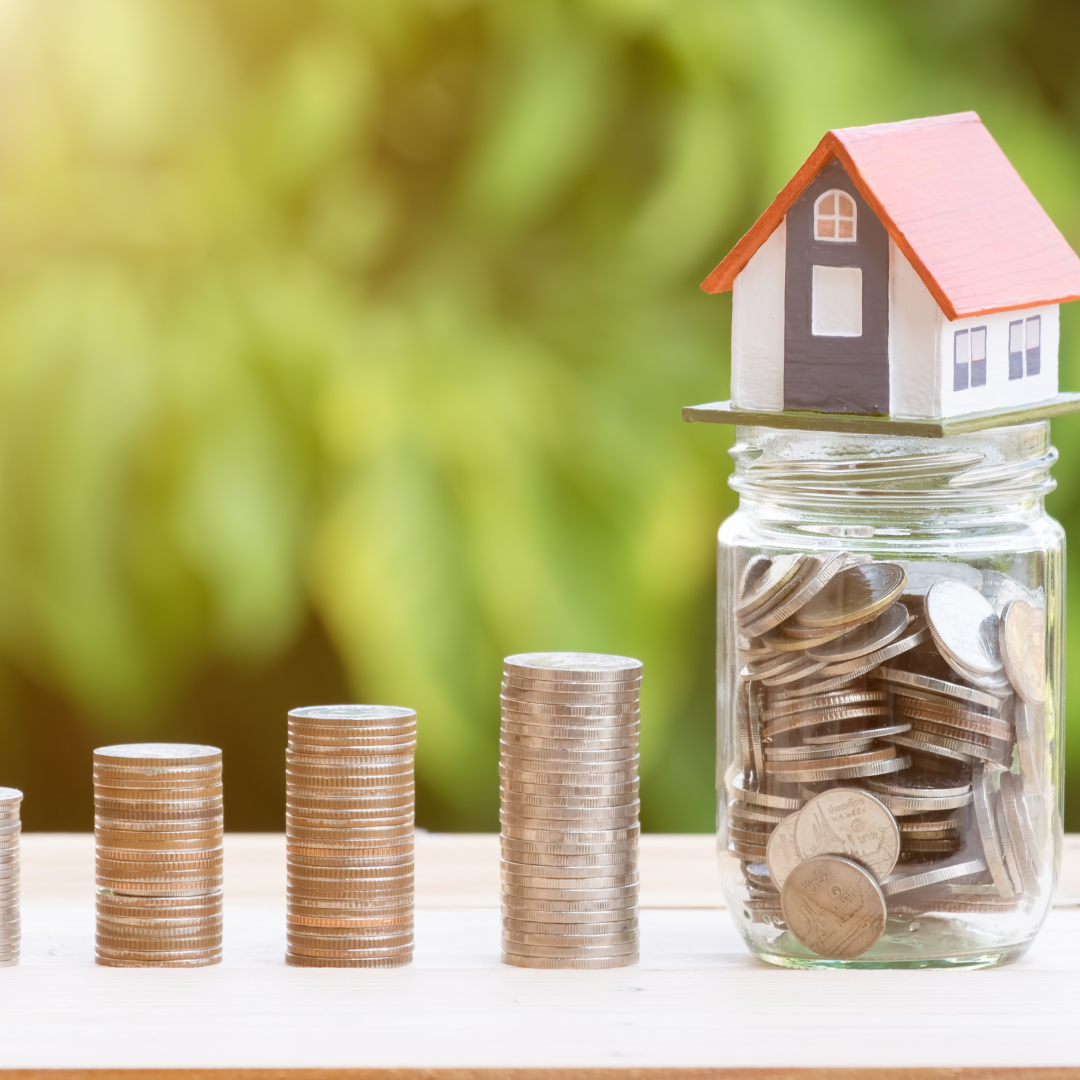For many homeowners, their house represents not only a place to live but also a significant financial asset. As the value of their home increases over time, so does their equity—the portion of the property they truly “own” after accounting for any outstanding mortgage balance. Leveraging home equity can be a powerful financial tool, offering access to funds for various needs without selling the property. Here’s how homeowners can tap into this resource.
Understanding Home Equity
Home equity is the difference between the current market value of your home and the amount you still owe on your mortgage. For example, if your home is worth $400,000 and you owe $150,000, your equity is $250,000. This equity can be utilized in several ways to meet financial goals.
Methods to Access Home Equity
1. Home Equity Loan:
– What It Is: Often referred to as a second mortgage, a home equity loan allows you to borrow a lump sum based on your equity.
– How It Works: You receive a one-time payment that you repay over a set period with a fixed interest rate.
– Best For: Major expenses such as home renovations, debt consolidation, or significant life events.
2. Home Equity Line of Credit (HELOC):
– What It Is: A HELOC is a revolving line of credit, similar to a credit card, secured by your home’s equity.
– How It Works: You can borrow as needed up to a predetermined limit during the draw period, paying interest only on the amount you use. After the draw period, you enter the repayment phase, where you repay both principal and interest.
– Best For: Ongoing expenses or projects where the total cost is uncertain, such as home improvements or unexpected medical bills.
3. Cash-Out Refinance:
– What It Is: This involves refinancing your existing mortgage for more than you owe and taking the difference in cash.
– How It Works: You replace your current mortgage with a new one that has a higher balance, effectively converting some of your equity into cash while potentially securing a lower interest rate.
– Best For: Large, one-time expenditures or to consolidate higher-interest debt.
4. Reverse Mortgage:
– What It Is: Available to homeowners aged 62 or older, a reverse mortgage allows you to convert part of your home’s equity into cash without selling the home.
– How It Works: The lender makes payments to you, either in a lump sum, monthly advances, or a line of credit, which are repaid when you move out, sell the house, or pass away.
– Best For: Supplementing retirement income, covering healthcare costs, or other expenses for older adults looking to stay in their homes.
Considerations and Risks
– Interest Rates: Loans and lines of credit are subject to interest rates that can affect your repayment amounts. HELOCs often have variable rates, which can rise over time.
– Fees and Costs: Be aware of closing costs, appraisal fees, and potential prepayment penalties associated with these financial products.
– Impact on Home Ownership: Borrowing against your home reduces your equity and increases your debt. Failing to repay can lead to foreclosure.
– Financial Discipline: Ensure that the funds are used for meaningful investments or critical needs rather than discretionary spending to avoid future financial strain.
Making the Right Choice
Before deciding to leverage your home equity, consider consulting with a financial advisor to understand your options and implications fully. Assess your financial situation, future plans, and the costs and benefits associated with each method. Properly managed, home equity can be a valuable asset to help achieve financial goals and provide peace of mind.
By understanding and carefully selecting the right approach, homeowners can effectively unlock the potential of their home equity to enhance their financial well-being.


